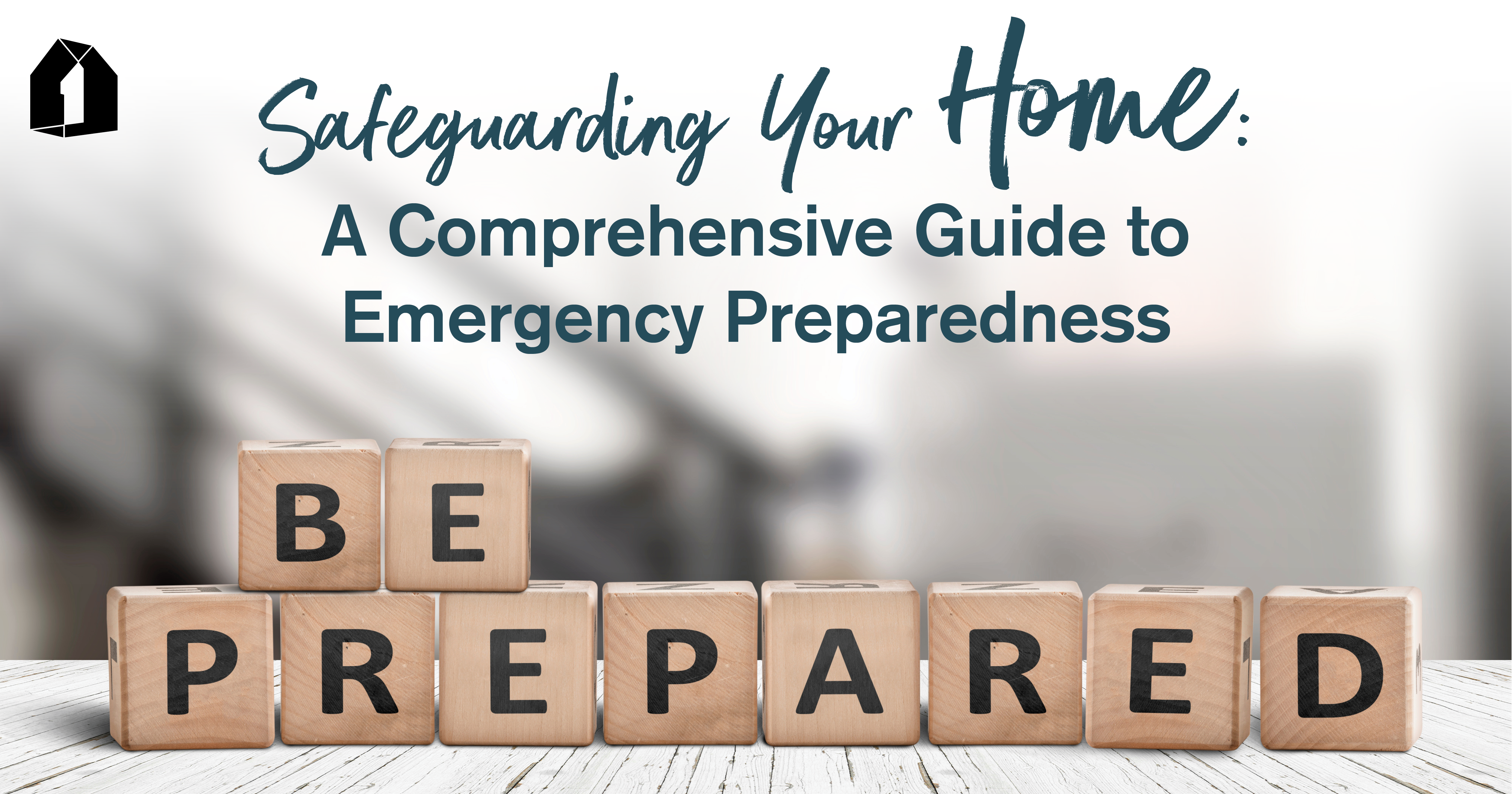Whether you’ve been browsing dream homes on Zillow for months or you’re just taking your first steps into the housing market, you’ve probably come to the same realization: buying a house is a big investment. In today’s fast-paced and often competitive real estate environment, it’s more important than ever to be strategic in your homebuying plan.
One of the best ways to accomplish this is by setting a budget. Managing your finances and saving effectively can make all the difference in how much house you can afford, and how you go about making your offer. In this article, we’ll explore the basics of budgeting and share some tips to help you save for your dream home.
Understanding the Power of Budgeting
Yes, budgeting deals with tracking your expenses – but it’s also much more than just that. Budgeting is a strategic approach to money management that can help you make progress toward your goals while staying on top of your financial responsibilities.
Maybe you consider yourself good with money, or maybe you struggle with managing your finances. Either way, setting up and maintaining a budget can provide many benefits, including clarifying your personal and financial goals, minimizing bad spending habits, encouraging responsible savings practices, and more.
Building Your Budget
Finding your dream home is one thing – figuring out how to pay for it is another. If you’re not sure how to get started with your savings budget, we’ve got you covered.
- Track
The first step for any effective budget is getting visibility into your finances. That means assessing your current income, expenses, and debts. Over the course of a few months (the longer, the better!) track all your income, expenses, and debts.
- Categorize
Divide your expenses into fixed (rent, utilities, loan payments) and variable (dining out, entertainment, gifts). Then, prioritize according to what’s essential and what can be cut down. It’s not easy, but even something as simple as canceling a few subscription services or stepping up your meal prep game can add up to big savings in the long run.
- Set Goals
Determine how much you need to save by making an honest estimate of your expected costs. While the down payment is often the biggest savings consideration for prospective homebuyers , remember that a house is a long term investment that carries risk and responsibilities. Don’t neglect to account for closing costs, property taxes, homeowners insurance, the cost of utilities, move-in expenses and repairs.
Budgeting Tips
With your budget in place, the next step is sticking to it. Sounds simple, but like most things, it takes practice and effort to get the best results. Here are a few tips to help you on your way.
- Create a Designated Account
Open a separate savings account specific to your goals. This helps prevent accidental spending and allows you to see your progress over time, which can be a great motivator. Shop around for a good interest rate – you’ll feel better stashing your money in an account when you know it’s returning some interest!
- Automate Savings
Set up automatic transfers into this savings account on a regular basis. Putting more money into your savings can help cut down on the temptation to spend more and can also ease the psychological sting that sometimes comes with setting money aside for the long term. One note of caution – be sure that any automatic deposits are sustainable. The last thing you want is to overdraft your account or miss a payment due to over-ambitious saving!
- Review and Revise
No budget is perfect, and household finances can change over time. A good budget has some built-in flexibility and should be reevaluated periodically.
Got a raise that’s bringing in extra cash? Great – factor it into the budget to avoid spending it impulsively. Likewise, if you’ve encountered unexpected expenses or cost of living increases, update your budget to ensure you’re still meeting your financial commitments first and foremost.
Budgeting for Your Dream Home
Budgeting can feel restrictive, but a good budget is an empowering tool for financial freedom. By creating a detailed budget, setting achievable goals, and practicing good spending and savings habits, you’ll be well on your way to saving for that dream home.
To further explore your financial options and learn more about your mortgage options for buying your dream home, reach out to our experienced loan officers. We’re here to help you achieve your homeownership goals.




